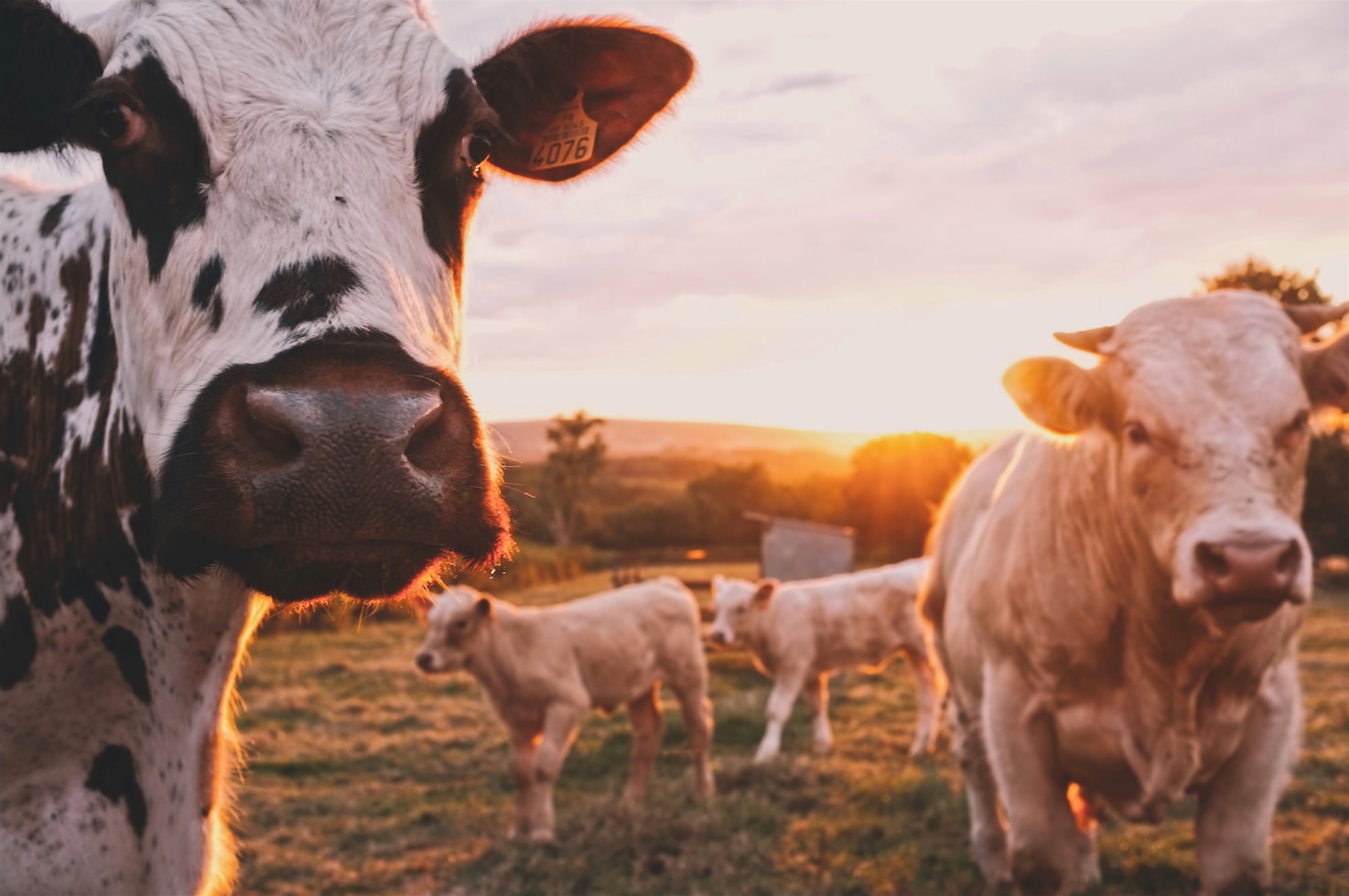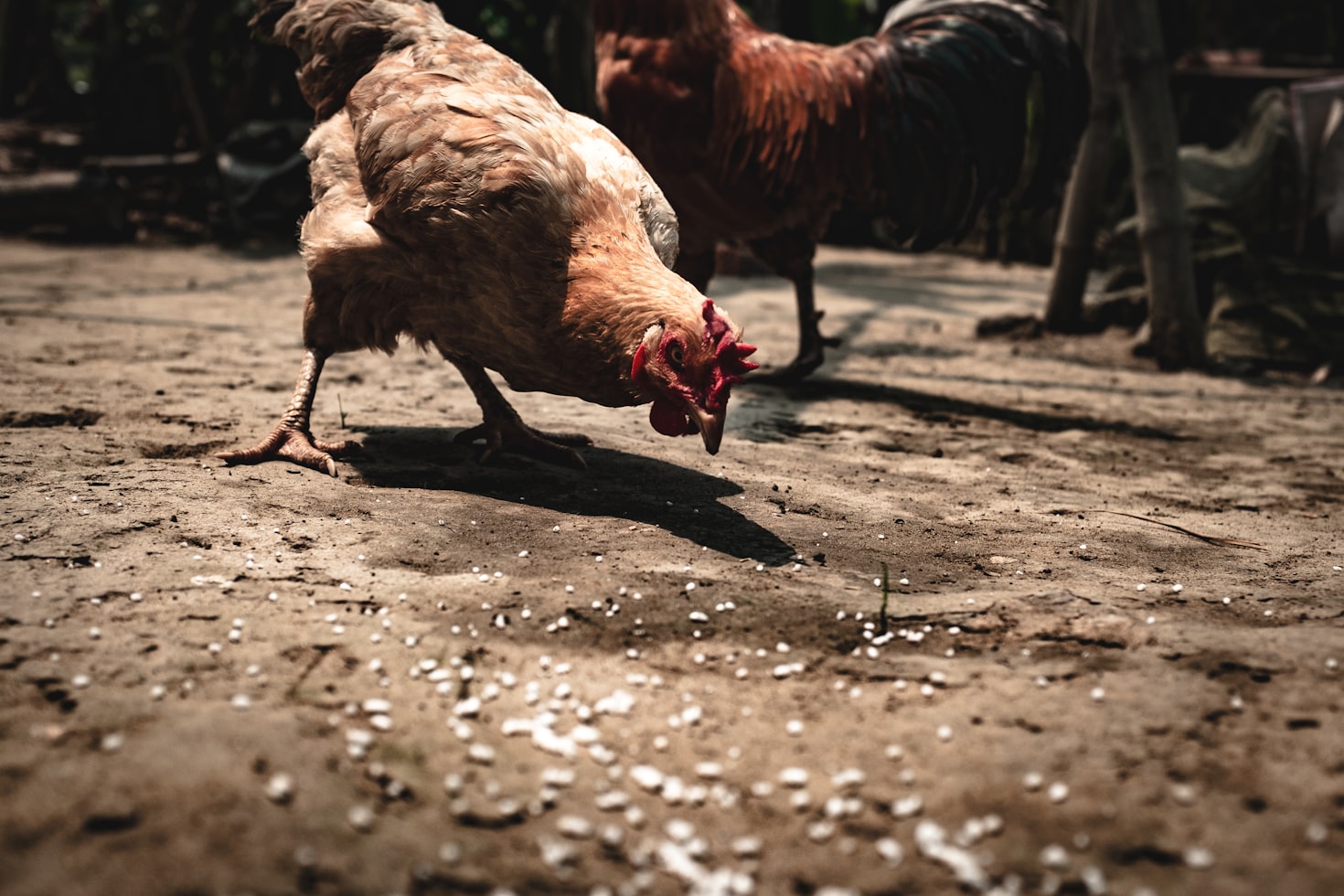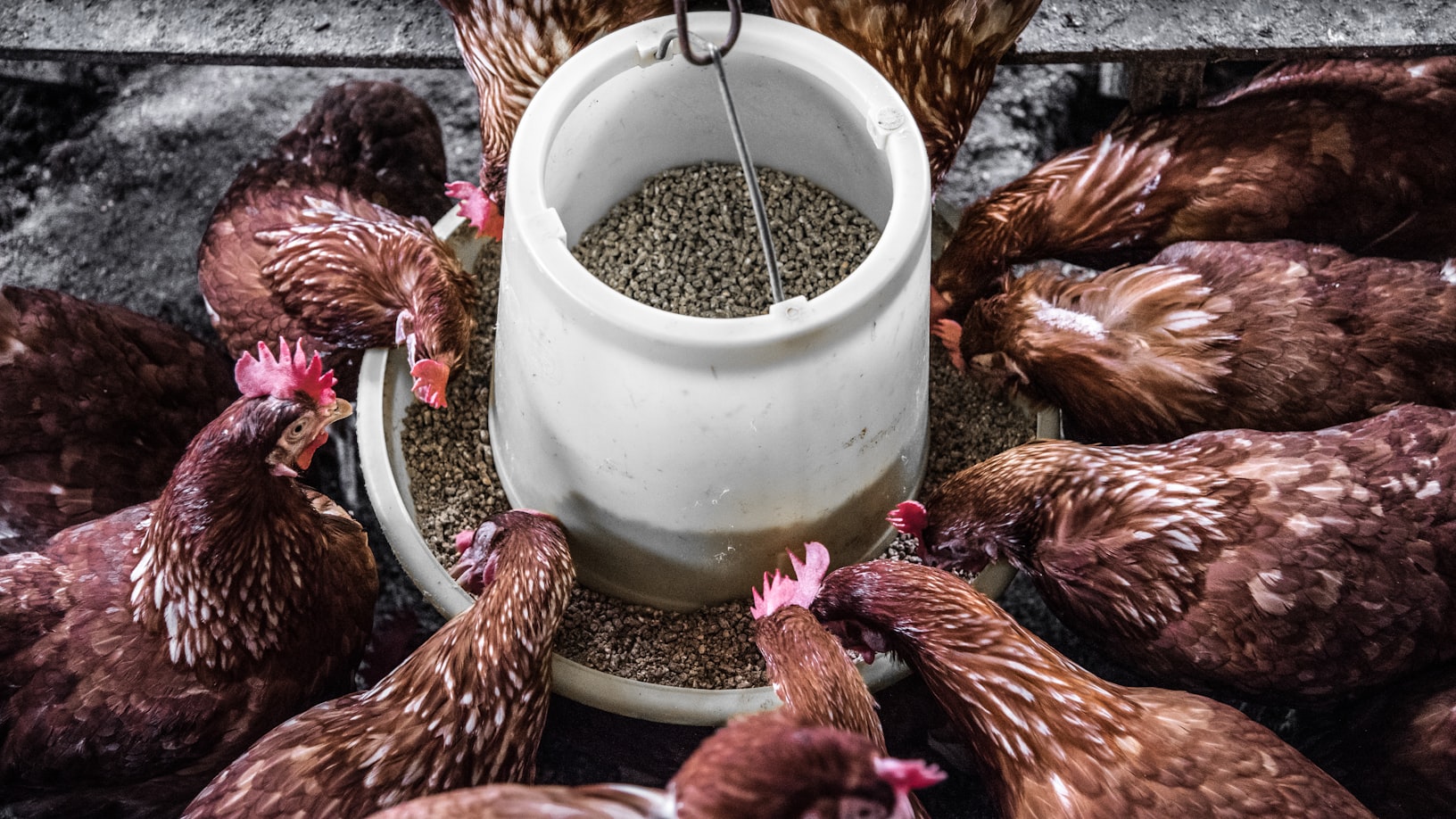Artificial Intelligence In Animal Feed Formulation: Optimizing Nutrient Balance
Modern technology has been advancing at unprecedented rates over the past few years. One of the most revolutionary technologies of the modern age is Artificial Intelligence. From GPT 3.0 to machine learning algorithms in the different devices we own, AI is quickly transforming our lives and how we do our daily duties.
As every facet of our lives continues to transform under the influence of AI, agriculture has not been left behind. AI plays a critical role in animal husbandry, especially in formulating nutrient-rich feeds for animals. Read on as we explore the role of AI in optimizing nutrient balance for animal feed.
But first, what is nutrient balance and feed formulation?
Nutrient Balance In Animal Feed Formulation
Every animal has unique nutritional needs based on biology, nutritional options, geography, and lifestyle. For the animal to achieve its dietary requirements, the farmer must identify and plan a diet or feed based on those needs. Feed formulation is how a farmer analyzes these needs to create a diet.
Of the different nutrients a farmer must incorporate into an animal's diet, protein is arguably the most crucial. That explains why many farmers opt for soybean meal to provide constituent elements for animal feed.
All the same, an animal can’t live on protein alone, right? Nutrient balance strategies allow farmers to develop a balanced diet for the animal to factor in all the nutrients it needs.
How AI Helps In Animal Feed Formulation
AI tools are instrumental in optimizing an animal’s nutrient balance when formulating its feed. Here are some of the ways AI comes in to facilitate efficient feed formulation:
1. Determining Nutritional Needs
The first step in feed formulation is determining the animal's nutritional needs. As mentioned above, every animal has its unique nutritional needs depending on its situation at the time. At times, using regular estimations to determine an animal's dietary needs can prove tedious.
AI tools can help increase efficiency in determining an animal's nutritional needs in many ways. For starters, AI can provide an elaborate analysis of the data points a farmer uses in estimating the animal's possible needs. Using the insight generated from this analysis, the farmer can decide what feed to incorporate into the animal's diet.
2. Nutritional Data Management
Feed formulation requires a lot of data management and analysis, even for a few animals. The farmer must give each animal or animal group an identifying name, provide data for its health and nutritional needs, and categorize the subsequent feed ratios once they are ready for use.
As you might expect, the process can be even more complex and long-winded for farmers with many animals. Using AI can help farmers organize the data effectively for all the animals they intend to feed.
Applying the feed formulations to the animals using AI tools can also benefit the farmers, especially in the context of automated feeding. The farmer can incorporate AI into a computerized feeding structure to allow the distribution of animal feed to the animals in set intervals.
3. Machine Learning And AI For Predictive Modelling
Machine learning tools and AI can help farmers effectively predict the possible feeding needs the animals might have in the future. An astute farmer must always anticipate the needs of the animals even before they arise. Without AI and machine learning algorithms, any estimations the farmer makes would just be guesses.
AI can help the farmer use existing data to make predictions for the animals' future needs so that the farmer can make adequate arrangements. Thus, the farmer can preempt any unexpected occurrences to meet the nutrient content needs of the animal.
4. AI In Image Analysis For Feed Quality
One of the most common uses of AI in the modern age is in image processing and analysis. According to Mordor Intelligence, the market for AI Image recognition is currently at $4.3B and might grow by 19.94% before 2028. As technology advances, AI Image analysis for feed quality in feed formulation could also grow alongside it.
Advantages Of AI In Feed Formulation
While conventional methods of feed formulation have served farmers for a long time, the transition to using AI tools will undoubtedly become the new normal in the near future. Some of the current and possible future benefits of using AI in feed formulation include:
- AI helps farmers handle complex or large data sets in managing feed formulations. Farmers won’t need specialized statistics or programming knowledge to perform these tasks as long as they use AI.
- Farmers using AI for feed formulation will reduce waste since the farmer will only serve the animal the necessary feed. This will also help cut costs when buying animal feed.
- Farmers can rely on AI tools to perform real-time feed formulations when the nutritional needs of the animals under their care change.
Final Thoughts
AI is a revolutionary technology with varied applications in feed formulation for animal feed. Using AI tools can increase the efficiency and productivity of a farmer involved in animal husbandry.
The farmer will also cut down on costs while increasing subsequent profitability and animal health. If you want to join this new frontier in animal husbandry, consider using AI tools for feed formulation and watch your farm grow!



